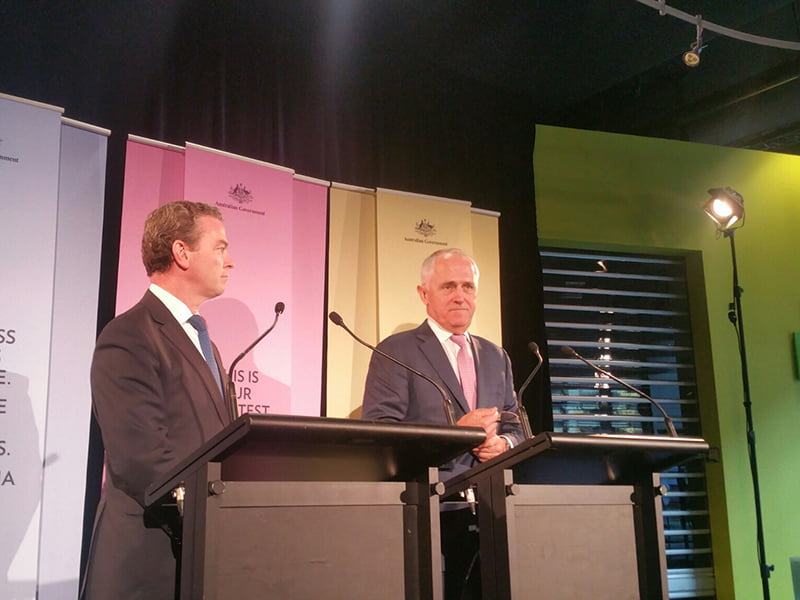The federal government has slashed $50 million from two of its “flagship” initiatives launched as part of the National Innovation and Science Agenda.
The 2019-20 budget found “efficiencies” of $48.9 million in the Entrepreneurs’ Programme and Industry Growth Centre Initiatives. The cuts have been applied to uncommitted funds from the two programs.
Nearly $35 million of these savings had already been provided for by the government, with the money being used to “repair the budget and fund portfolio policy priorities”.

There will be $5 million cut from the schemes by the end of this financial year, with a further $1 million cut in 2020-21, $2.2 million in 2021-22 and $5.7 million in 2022-23.
The government did not provide a breakdown of how much money would be split from each initiative, just the overall number.
The Entrepreneurs’ Programme is a “flagship initiative for business competitiveness and productivity”, launched by Malcolm Turnbull as part of the National Innovation and Science Agenda in late 2015. The scheme is split into four main areas: Accelerating Commercialisation, Business Management, Incubator Support and Innovation Connections.
The programme includes the Accelerating Commercialisation grants and other support mechanisms to help companies commercialise products, processes or services, and for independent advice and analysis of businesses.
The programme included the Incubator Support scheme, which has undergone many changes since its inception, including a “refocusing” in the 2017 budget to centre on regional startups and tech firms.
The Incubator Support scheme offers grants of up to $500,000 for new and existing incubators, and funding of up to $100,000 for experts in residence in the incubators.
The Industry Growth Centres “aim to drive innovation, productivity and competitiveness”.
The six growth centres are in sectors of competitive strength and strategic priority: advanced manufacturing, cybersecurity, food and agribusiness, medical technologies and pharmaceuticals, mining and oil, gas and energy resources.
Earlier this year the Department of Industry said the growth centres “are helping businesses in their sectors to be more innovative, productive and competitive”.
The near-$50 million cuts go with the further $1.35 billion that appears to have been shed from the research and development tax incentive, and mark a significant step away from the government’s National Innovation and Science Agenda, which was launched by former Prime Minister Malcolm Turnbull.
Do you know more? Contact James Riley via Email.

